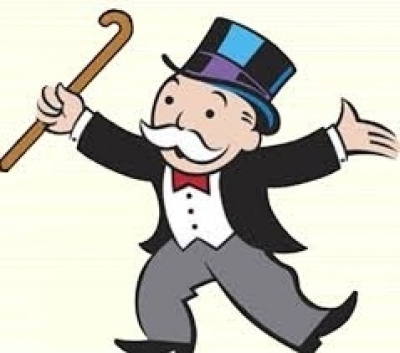Some time ago, I had the following conversation with a loans officer from a major Canadian bank:
Wally: When you issue these loans to borrowers you create the money out of nothing, don't you?
Banker: (with slight hesitation) Yes, that is true.
Wally: You do not actually take the money from anyone’s account?
Banker: No, we don’t.
Wally: And you say that you own the credit that you issue--correct?
Banker: Yes that is correct.
Wally: You must because you want it paid back.
Banker: Yes.
Wally: And you want interest paid on the outstanding principal--another claim of ownership. Right?
Banker: Yes, that is correct.
Wally: And furthermore, if we should ……………
Banker: (anticipating my next words) Yes, if you default on your loan we will foreclose on your assets.
Wally: Did you create those assets?
Banker: (perceptively at unease) No, we did not.
Wally: Do you return these foreclosed assets to the Community?
Banker: (visibly troubled and hesitating as having encountered a disturbing denouement) No, we do not.
On a subsequent encounter this same person asked me with obvious concern: “What can we to do about it?"




